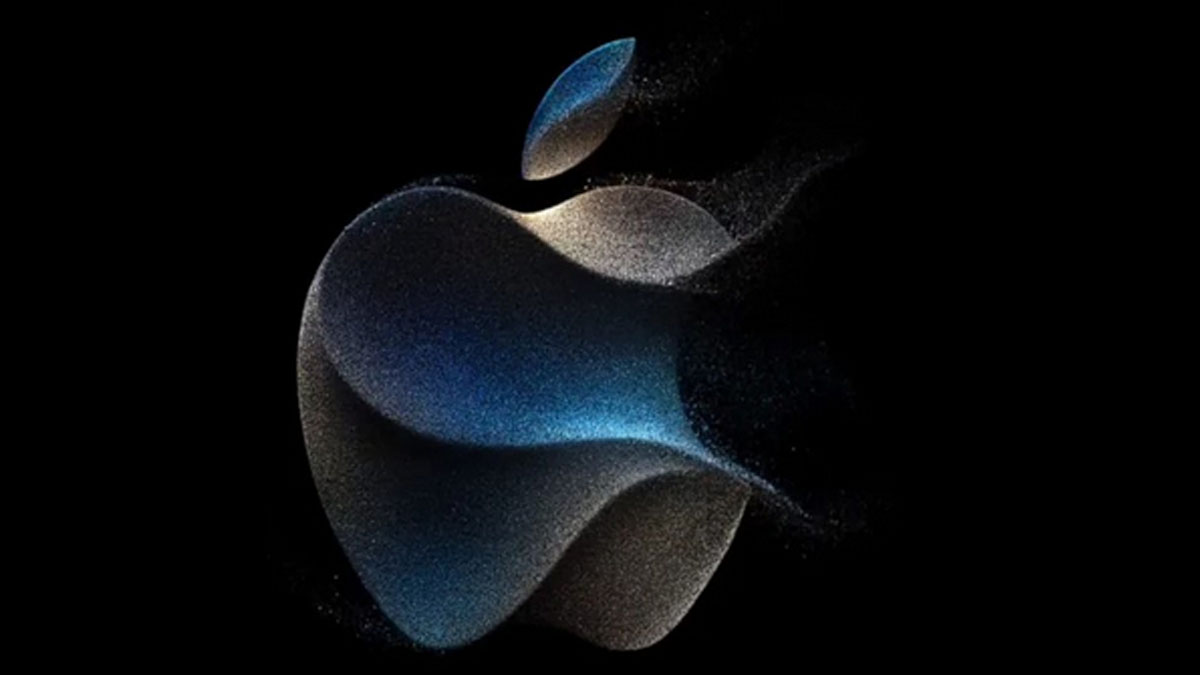
Apple Expands iPhone Production in India Amid Efforts to Diversify Supply Chain
Apple has begun mass production of its new iPhone lineup, including the Pro series, in India, just days after starting production in China, according to Nikkei Asia. This move highlights Apple’s strategy to diversify its supply chain and reduce dependency on China, driven by geopolitical uncertainties and the technological progress of India’s supply network.
Previously, India was mainly responsible for assembling lower-end or older iPhone models, while China handled the production of the latest high-end devices. However, Apple’s shift reflects a growing emphasis on supply chain resilience, with around 30 million iPhones assembled in India last year, and 18 million in the first half of 2024 alone. These devices are not only for the Indian market but are also exported, primarily to the U.S.
Ivan Lam, an analyst with Counterpoint Research, noted that while India is emerging as a key location for smartphone assembly, the production of more complex electronics and mechanical components remains concentrated in China. He emphasized that despite India’s progress, its infrastructure and talent pool have yet to match China’s capabilities.
Challenges remain in the transition, as the majority of recent iPhones are still being assembled in China due to a slower-than-expected transfer of component suppliers to India and tighter screening of personnel and equipment imports from China. During product launches, Apple continues to prioritize stability, with most premium models allocated to China to ensure a smooth supply chain ahead of key shopping events like Black Friday.
Foxconn, a key iPhone supplier, defended its performance in India, with chairman Young Liu stating that the overall production yield in the country is “surely higher than 50%.” Despite some reports suggesting lower yields, Liu insisted that Foxconn would not remain in India if those figures were accurate.
As competition intensifies in China, Apple is increasingly focusing on the Indian market, where it saw a 19% year-on-year increase in shipments in the first quarter of 2024 and achieved record revenue in the quarter ending March 30. In the premium segment, Apple now controls 69% of the market, compared to Samsung’s 31%.
Apple did not comment on the report.













Comments